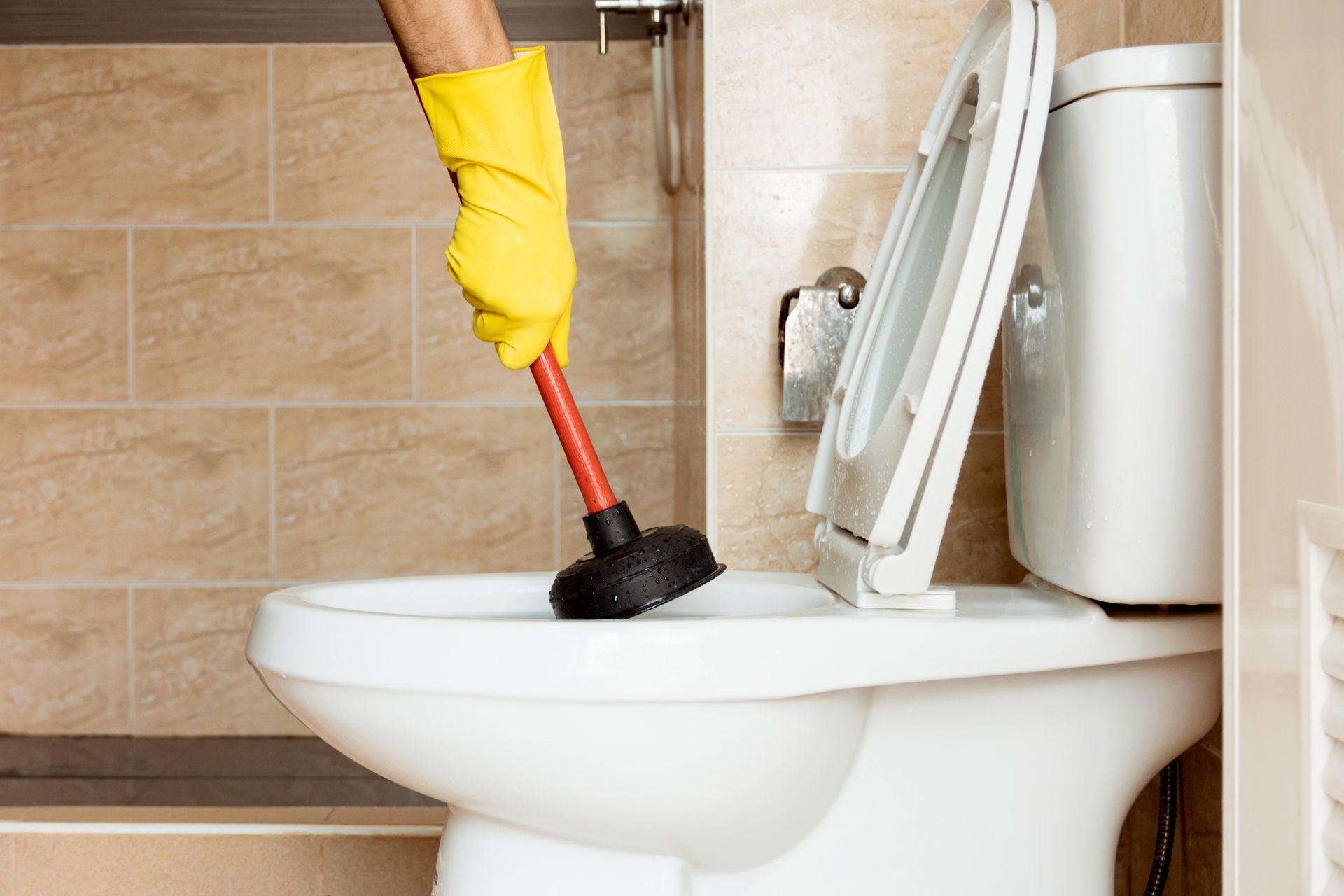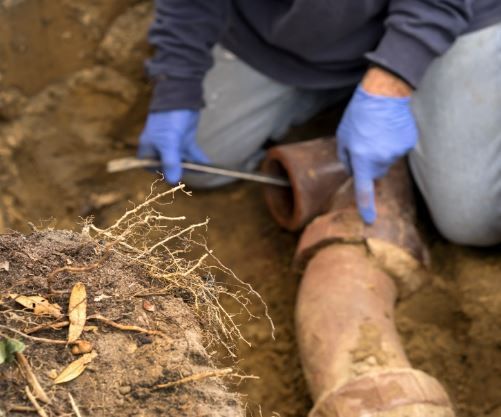Bigger, Better Ways to Save Water
- By Admin
- •
- 20 Aug, 2018
- •

Water conservation is becoming more and more important as fresh water sources become scarcer. You're probably familiar with popular ways to conserve water, such as turning off the water when you brush your teeth and using gray water to water plants. These methods are effective, but there are also some bigger, better ways to save water by upgrading or adding certain appliances and fixtures to your home.
1. Replace Your Old Dishwasher
People will often tell you that running the dishwasher uses less water than washing dishes by hand. Depending on how old your dishwasher is and on how many dishes you actually generate at home, this may or may not actually be true. If your dishwasher was made before 1994, it wastes about 10 gallons of water per load. Upgrade to a newer Energy Star dishwasher, and you'll save thousands of gallons of water per year.
New dishwashers are able to use less water because the jets are placed more carefully and because racks are designed to expose the dishes to the maximum amount of water. You can also reduce your water use by only running the dishwasher when it is full and by running it on the light or quick setting when your dishes are not overly dirty.
New dishwashers are able to use less water because the jets are placed more carefully and because racks are designed to expose the dishes to the maximum amount of water. You can also reduce your water use by only running the dishwasher when it is full and by running it on the light or quick setting when your dishes are not overly dirty.
2. Install a Low-Flush Toilet
Older toilets are also notorious for wasting water. Those made a few decades ago use as much as 6 gallons per flush, whereas new toilets use about 1.6 gallons per flush.
Some homeowners avoid upgrading because they fear that a new, low-flow toilet won't flush effectively. However, this concern is unfounded because new toilets are designed to flush effectively in spite of the lower water level. Upgrade your toilet, and you'll save gallons of water without even thinking about it.
Some homeowners avoid upgrading because they fear that a new, low-flow toilet won't flush effectively. However, this concern is unfounded because new toilets are designed to flush effectively in spite of the lower water level. Upgrade your toilet, and you'll save gallons of water without even thinking about it.
3. Install an On-Demand Water Heater
Think about how much time you spend standing in front of the sink, waiting for the water to get warm. Unless you are catching that cool water and using it for something, it is just going to waste. You can do away with this wasted cool water by installing on-demand water heaters at the sinks you use most.
On-demand water heaters warm water as it flows through the pipes. You only have to wait a few seconds - if at all - for the water to get hot. You can still use a standard hot water tank for some areas in your home if you prefer, or you can upgrade to an on-demand water heater for the entire home.
On-demand water heaters warm water as it flows through the pipes. You only have to wait a few seconds - if at all - for the water to get hot. You can still use a standard hot water tank for some areas in your home if you prefer, or you can upgrade to an on-demand water heater for the entire home.
4. Update Your Washing Machine
Older washing machines were made very well and can continue working for decades. But just because your old washing machine still works does not mean you should keep it around.
Today's washing machines only use half as much water as those made in the 1990s. Some older models use as much as 40 gallons per load, whereas today's washers use around 13 gallons. Front-load models are the most water-efficient. Upgrade your washing machine to conserve water, and make sure you also wash full loads to minimize water waste.
Today's washing machines only use half as much water as those made in the 1990s. Some older models use as much as 40 gallons per load, whereas today's washers use around 13 gallons. Front-load models are the most water-efficient. Upgrade your washing machine to conserve water, and make sure you also wash full loads to minimize water waste.
5. Switch to a Low-Flow Showerhead
This is a change you can make in under an hour - assuming you live near a hardware store. Unscrew your current shower head, buy one that sports the WaterSense label, and screw the new one into place. Since showering accounts for about 17 percent of water use in the average home, switching to a more efficient showerhead can save a significant amount of water.
When attempting to save water, do not just make small changes in your daily habits. Think big. Implement a few of the changes above, and your water consumption will decrease greatly. Contact Peter Piper's Plumbing if you need assistance installing a new dishwasher, on-demand water heater, or other appliance.
When attempting to save water, do not just make small changes in your daily habits. Think big. Implement a few of the changes above, and your water consumption will decrease greatly. Contact Peter Piper's Plumbing if you need assistance installing a new dishwasher, on-demand water heater, or other appliance.
Like any other appliance, water softeners and water conditioners can break down from time to time. Read this blog for signs this appliance is ready to go.
Slow drains disrupt daily activities, create unpleasant odors, and can lead to severe plumbing problems if left unattended—learn 6 causes of slow drains.
Old homes are likely to have plumbing complications. Learn about some plumbing problems you should consider if you live in an older home.
Your home’s pipes shouldn’t be noisy, but many problems can cause sounds to emanate from your pipes. Learn what causes noisy pipes.
Vacations are exciting, but the prep work can feel overwhelming. Remember these tips to protect your plumbing before you leave for a trip.
Even the world of plumbing has trends and technological advancements. Learn about the exciting fixtures you can add to your home for greater convenience.
If you suspect a clogged drain, be sure to address the issue early before it becomes grievous. Learn some common warning signs of clogs.
Determining when to replace a water heater can be tricky. The following are five signs you need a new water heater unit in your home.





